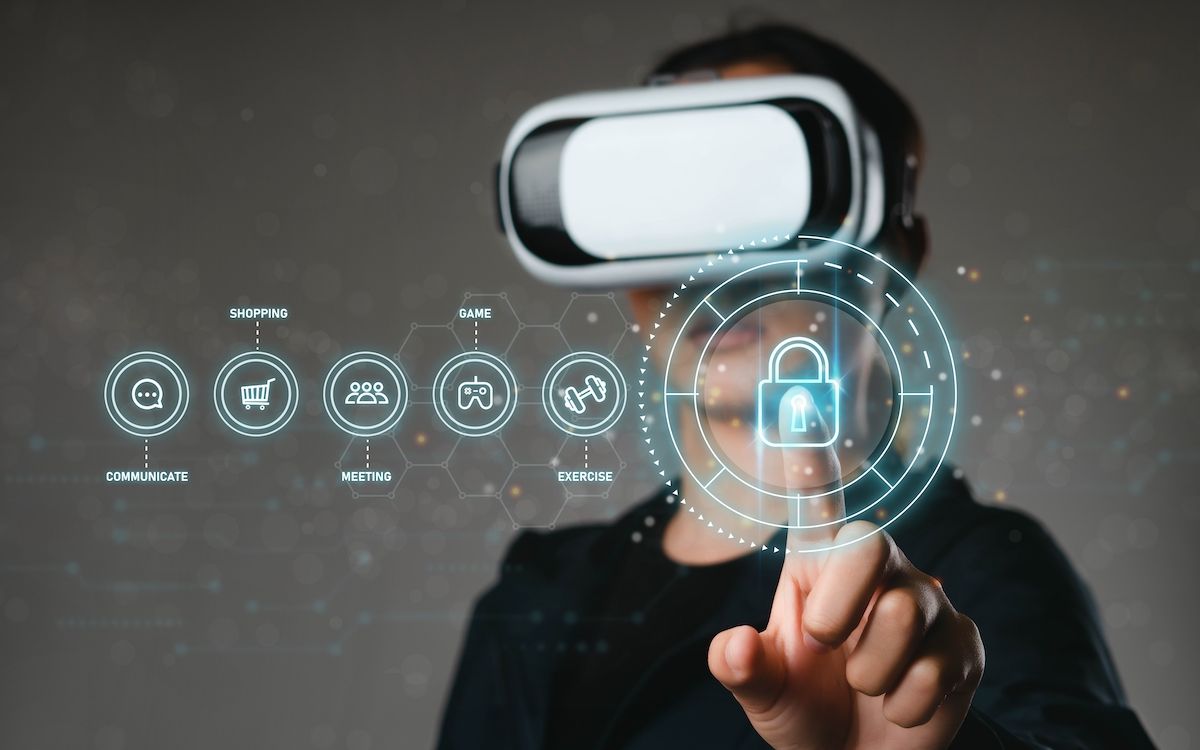
With the announcement of Facebook’s rebranding from “Facebook” to “Meta” in October 2021, the internet is abuzz with new words and phrases that have never been in our vocabulary before, such as Non-Fungible Token (NFT), Metaverse, Web 3.0, and Virtual Autonomy. Yet, these words are attached to some of the most influential tech concepts within the past five years. The hype has driven billions of dollars to new tech startups using these words in their taglines.
Not only has Meta (the company) put over $10 billion into the next phase of their business, but so have venture capitalists worldwide. With new tech companies fueled by millions of dollars and armed with the latest insider info, will they be able to turn a profit, and are consumers ready to go shopping in the Metaverse?
Before we get into the economic tides of the future, we need to explain the current state of the Metaverse.
What is the Metaverse?
The most important part of getting consumers ready for Metaverse shopping is the education of the Metaverse itself. Currently, the Metaverse is an overarching term that describes a universal internet experience that coherently integrates Virtual Reality (VR), Augmented Reality (AR), and our current Web 2.0.
Right now, there is no singular place where you can pop on your VR headset and appear in a town or central location that may come to mind, such as that from Ready Player One. Although there are locations users will initially appear in when you first boot up your VR headset, it’s nothing spectacular. Most commonly, the “login screen” is a modern house with a nice view.
However, don’t be too dismayed yet. There are already a variety of awesome multi-person interactive games with millions of players you can see, talk to, and even play games with. VR Chat is one of these; in fact, as a communication platform, VR Chat may be one of the closest concepts to a real-world Metaverse.
The future of the Metaverse.
Now that you understand where the technologies lie, let’s talk about what the future has to offer.
First and most importantly, this is a time for huge expansion and investment into Augmented Reality/Virtual Reality. As stated earlier, billions of dollars are going into research and development to create VR headsets that are lighter, thinner, faster, have a higher refresh rate, and are cheaper. Reducing the barrier of entry for users is a massive fix that must be made to get people integrated into the Metaverse.
Once consumers have come to grasp what the Metaverse is and its offerings as a communication platform, we will see small and medium-sized businesses opening up their “meta” stores for new methods of cash flow and generating revenue.
What will Metaverse shopping look like?
Let’s imagine that the VR world that you just logged into is a replica of a wintery town from a wizarding movie. As you traverse the town, you notice a saloon with a few people standing by it. It turns out that this is a popular location of the franchise.
When you walk up to the bar, you are offered a nice warm drink. You can’t actually drink it, right? Wrong! Grabbing that drink causes an automatic withdrawal from your wallet, and one order of this drink will be sent to your local ghost restaurant through a Grubhub or Doordash integration. Within the hour, a nice hot, fresh, real drink has been sent to your house.
As you can see, the real world will be mixed with the virtual version. There will be stores and full cities that allow you to visit and shop in them through the power of 3D scanning and VR/AR.
Want to check out some new posh shoes on yourself? With the technology that’s already in most new phones, you can. iPhone 13s have a LIDAR scanner built right into them so that you can 3D scan whatever you want. After 3D scanning yourself and uploading a perfect replica to your Metaverse avatar profile, you are more than welcome to visit a Metaverse Nike Store to see how those shoes look before ordering them.
Metaverse shopping in practice.
Joining the Metaverse and making your first purchase might be less scary than you may think. Like any new-age online shopping experience, you will make an online profile, attach your bank account or credit card, and buy whatever. If you buy real shoes, they will ship directly to your house. If you buy virtual shoes, they will appear in your loot storage or equipt automatically like skin in Fortnite.
Being a consumer in the Metaverse won’t be frightening and may actually offer you additional ways to get involved. For example, when your local coffee shop shares news on their blog that they are going virtual with their new NFT hat collection for avatars, you can support them both in real life and in the virtual world.
In Conclusion
With a new age of technology upon us, all companies will need to start looking to the future and adapting to the changing times. They will need to reduce the barrier of entry to future shoppers as much as possible. That will most likely look like virtual real estate through 3D scanned or 3D modeled stores where businesses can upload their current online store and products to sell to people.
One thing is certain to happen in the future—you can expect more deliveries, on-demand services, and online shopping for real or digital goods.











